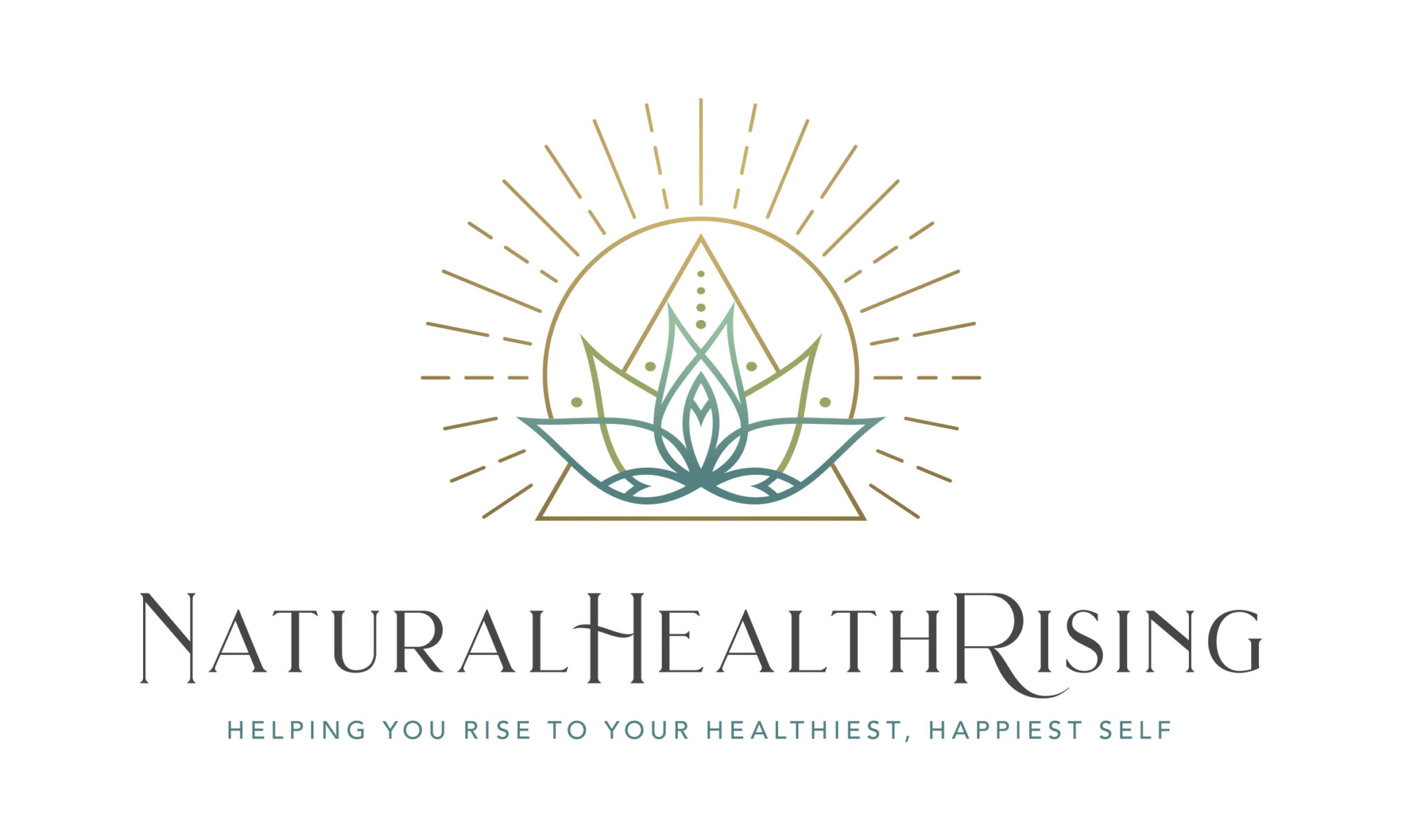
What are EDC’s?
Lately, there has been an increasing awareness and concern surrounding hormone-disrupting chemicals and their effects on our body’s endocrine system. So, what are they? Simply put, endocrine-disrupting chemicals (EDC’s) are a group of chemical compounds that could be found in your surroundings (everywhere, from your environment to your food and cleaning products). These endocrine disruptors can increase or decrease the production of hormones, interfere with hormone signaling, cause cell death, inhibit nutrient absorption, and even build up within your organs. [1]
ًWhere EDC’s are found
They’re found in our daily cookware, Tupperware, drinking water, household cleaning products, and personal beauty care products. All of these items you use daily may contain endocrine-disrupting compounds or EDC’s for short. These chemicals can consequently contribute to the increase in the prevalence of diseases such as thyroid disorders, PCOS, breast cancer, infertility, neurological disorders, autoimmune diseases, and other chronic illnesses.
The Amount of Endocrine Disrupting Chemicals Needed to Disrupt Your Body’s Balance
It doesn’t take much of these chemicals to affect the body. For instance, it only takes concentrations of estrogen in parts per trillion to impact the endocrine system.
How Endocrine-Disrupting Chemicals Affect Your Hormones
To explain, this molecule acts as a “key” (hormone) that must fit into the “lock” (receptor) made uniquely for that chemical. This issue with household cleaning products, beauty care products, and the like is that they are made with chemicals that are almost identical in structure to the hormones in our bodies. Therefore, these chemicals can mimic your natural hormones and fit right into the “lock” (receptor), which will disrupt your endocrine system, throw your hormones out of whack, and even lead to cancer and other diseases.
The Notorious BPA
One chemical, in particular, named bisphenol-A (BPA), is structurally similar to estradiol (one of your most potent forms of estrogen, a sex hormone). So, if you’ve never understood why “BPA-Free” has been all the craze on labels… this is precisely why. [2]
How can I help?
Through my one-on-one coaching, I can help you find the primary sources of EDC’s that are lurking in your home and your food. We can then determine what precautionary methods out there best suit your lifestyle to help you protect your health and finally live as EDC-free as possible.
Book your free call here!
References
- Diamanti-Kandarakis, E., Bourguignon, J. P., Giudice, L. C., Hauser, R., Prins, G. S., Soto, A. M., … & Gore, A. C. (2009). Endocrine-disrupting chemicals: an Endocrine Society scientific statement. Endocrine reviews, 30(4), 293-342. [1] https://www.ncbi.nlm.nih.gov/pmc/articles/PMC2726844/
- Konieczna, A., Rutkowska, A., & Rachon, D. (2015). Health risk of exposure to Bisphenol A (BPA). Roczniki Państwowego Zakładu Higieny, 66(1). [2] https://pubmed.ncbi.nlm.nih.gov/25813067/

Recent Comments